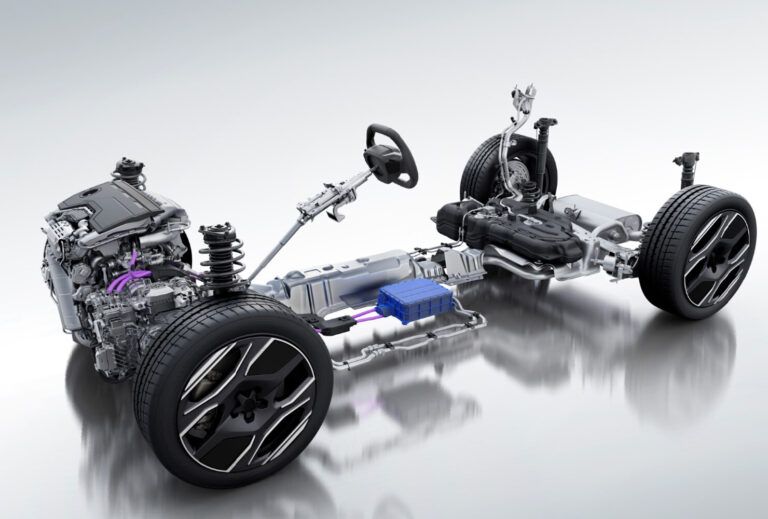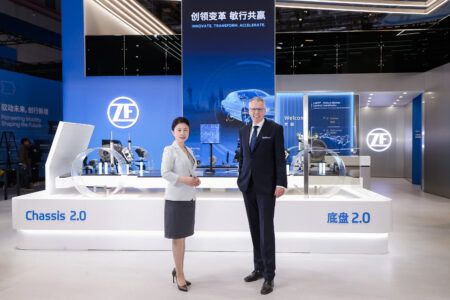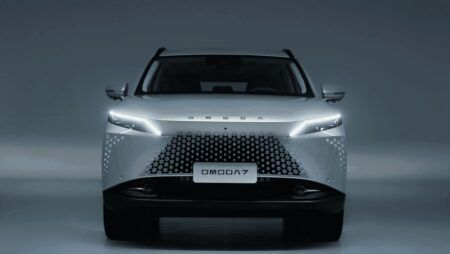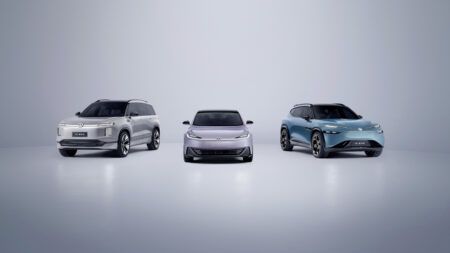Stellantis, the global automaker, is rapidly expanding its hybrid vehicle offerings in Europe, responding to customer demand. The company plans to offer 30 hybrid models this year, with six more slated for introduction by 2026. This move comes as Stellantis reported a 41% increase in EU30 hybrid model sales for the first five months of 2024 compared to the same period in 2023.
“This technology not only enhances the efficiency and performance of traditional combustion engines, it also propels us toward a future of lower emissions, extended vehicle range and overall affordability for our customers,” says Uwe Hochgeschurtz, Stellantis Chief Operating Officer for Enlarged Europe.
The company’s hybrid lineup spans multiple brands, including Alfa Romeo, Citroën, DS, Fiat, Jeep, Lancia, Maserati, Opel/Vauxhall, and Peugeot. Most of these vehicles now feature the advanced eDCT hybrid technology, which incorporates a 21-kW electric motor and a 48-volt, 0.9-kWh battery.
Sébastien Jacquet, Stellantis Deputy Chief Engineering Officer, highlighted the accessibility of their hybrid technology: “We have a very competitive hybrid solution that we are now ramping up with our new eDCT technology and we are rolling it out across a wide range of models, making it accessible to many customers.”
The eDCT system offers up to 20% reduction in CO2 emissions compared to traditional combustion engines with automatic transmissions. Stellantis is producing these hybrid vehicles in over 70% of its European plants, with a combined production capacity of more than 1.2 million eDCTs per year.
As part of its Dare Forward 2030 strategy, Stellantis is investing over €50 billion in electrification globally. The company aims to achieve 100% battery electric vehicle sales for passenger cars in Europe and 50% for passenger cars and light-duty trucks in the United States by 2030. Stellantis is also working towards becoming a carbon net zero corporation by 2038, demonstrating its commitment to sustainable mobility solutions.





